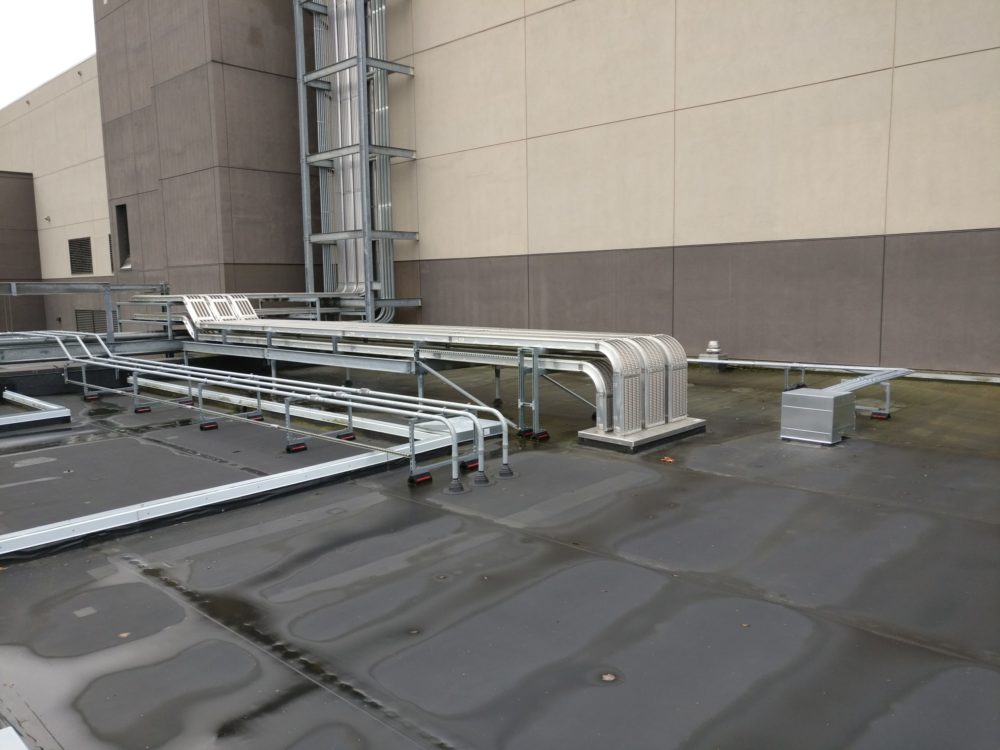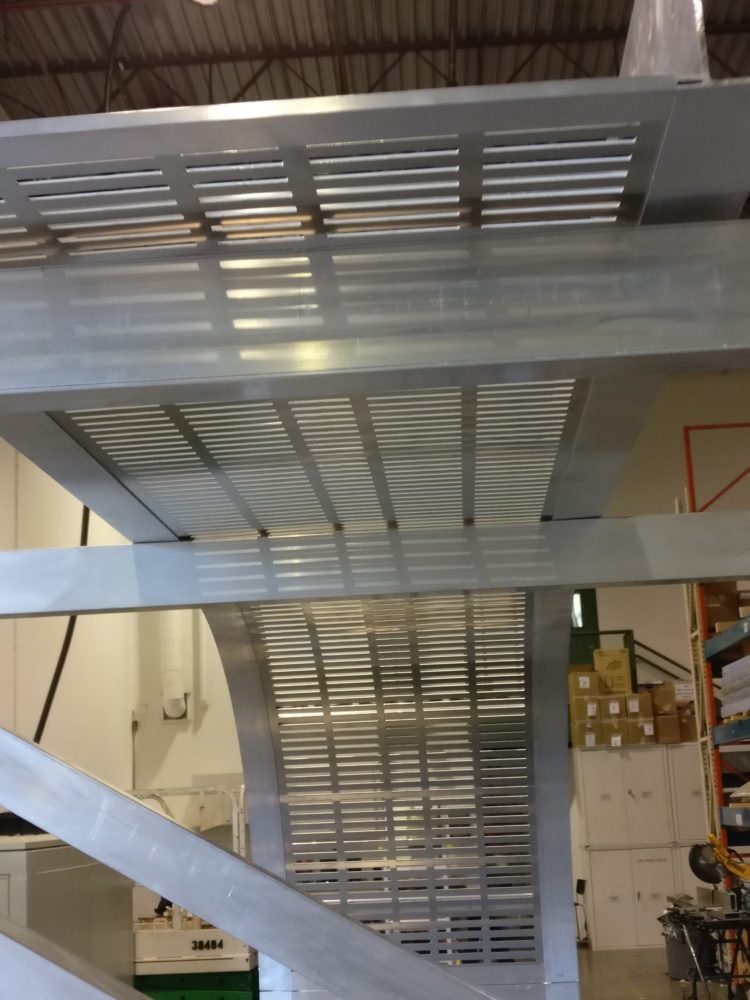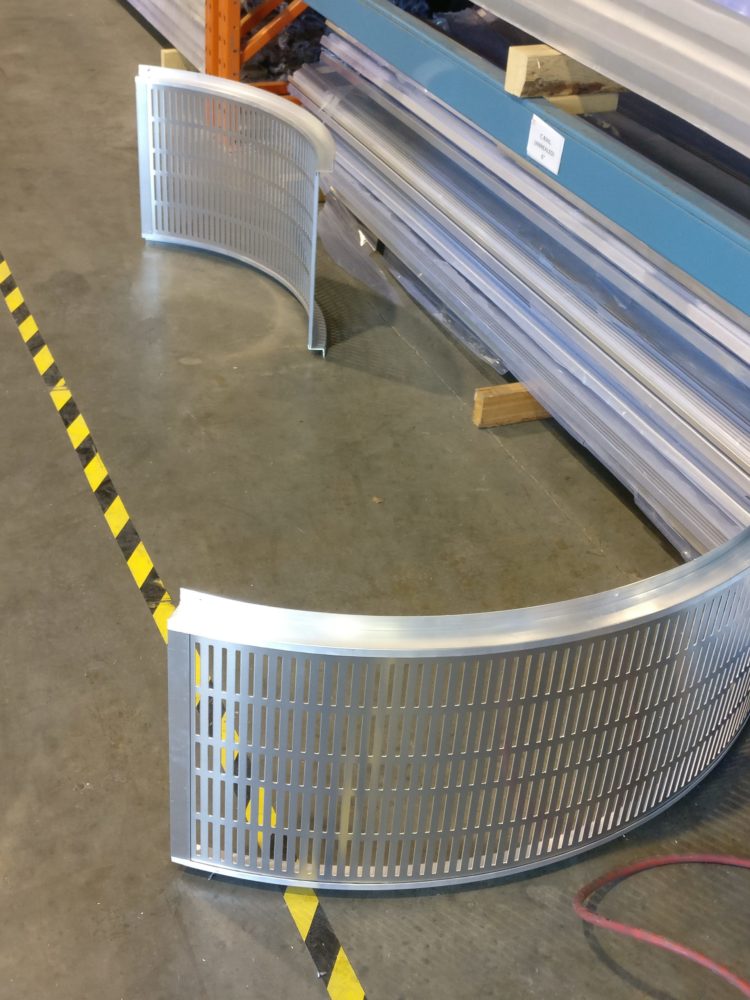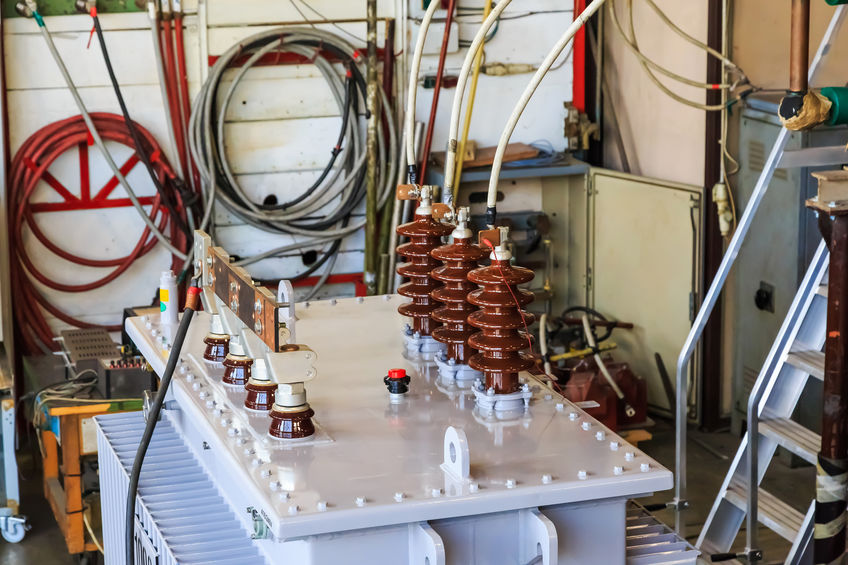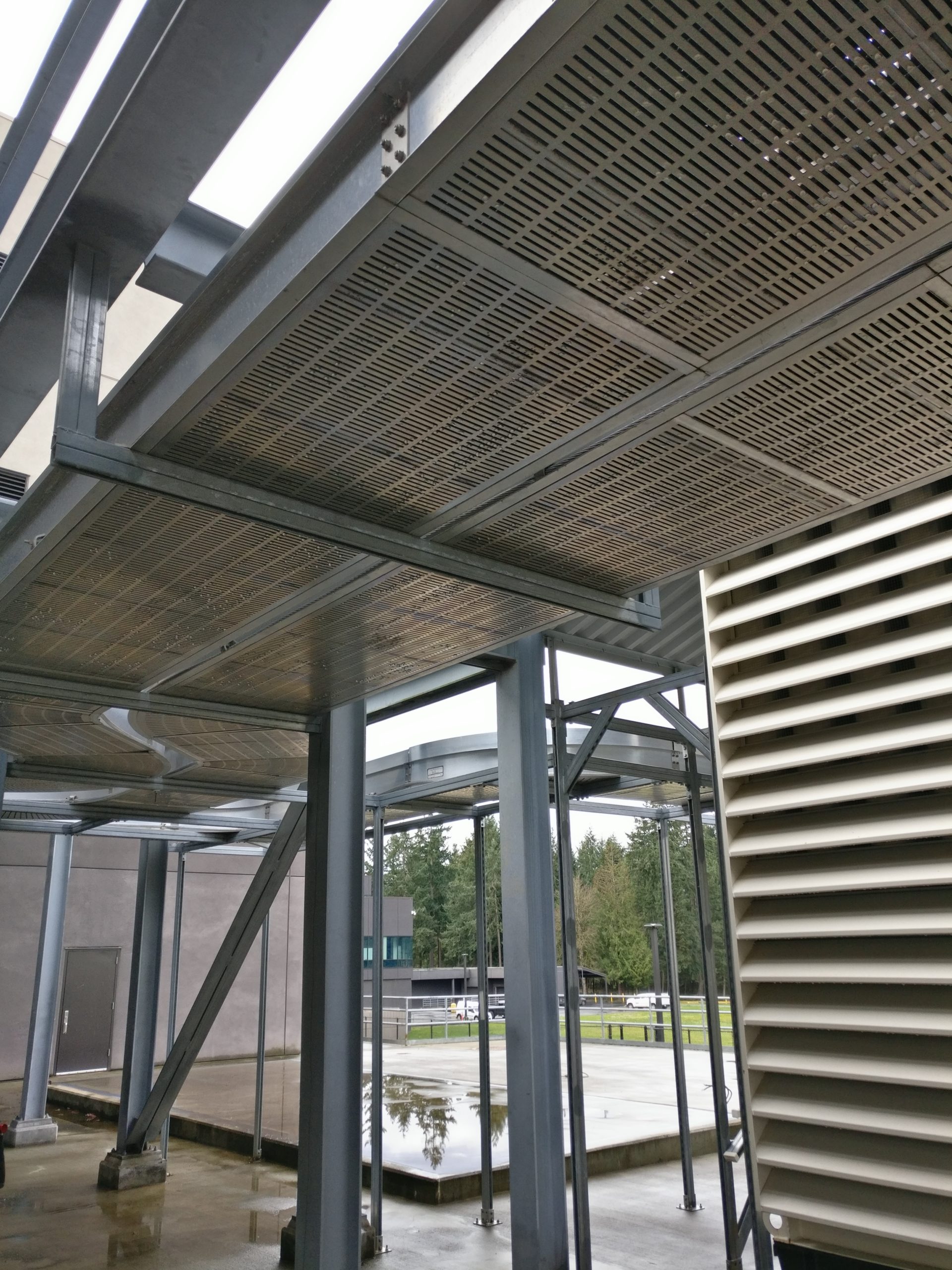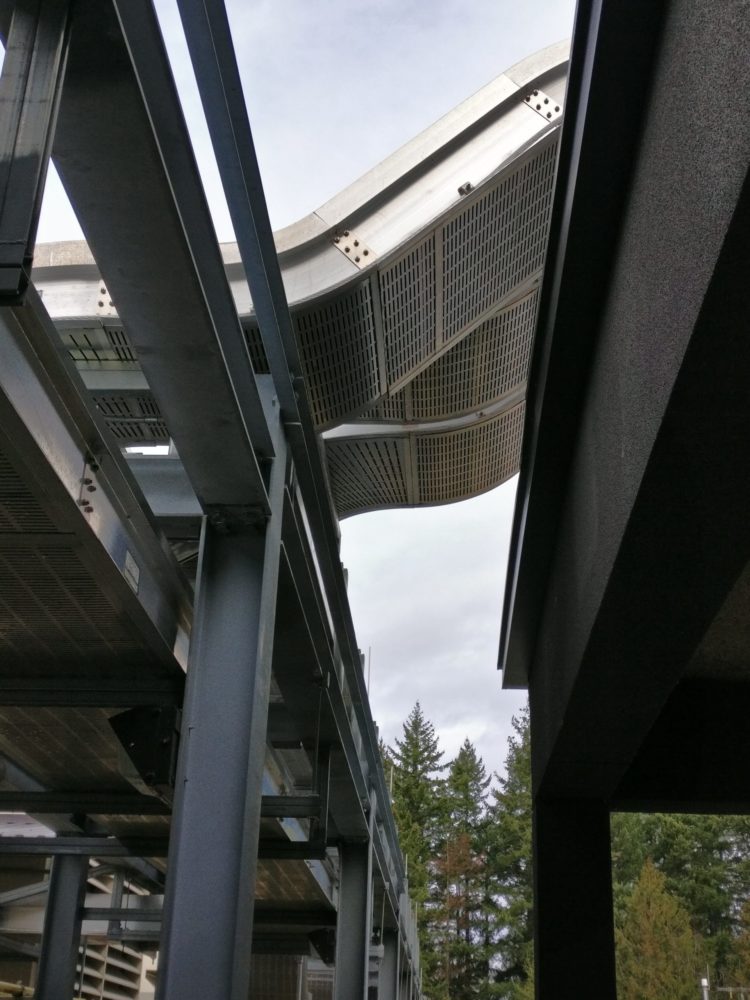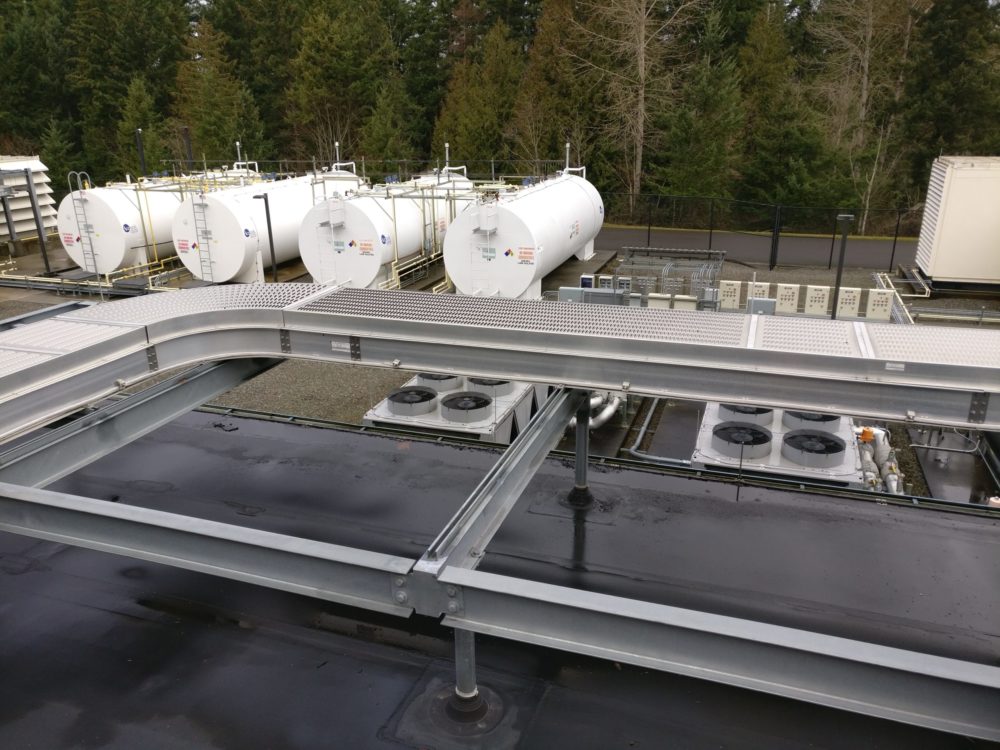-
Understanding and Examples of Buses in Electronics
The generation bus is also referred to as generator bus, PV bus, or voltage-controlled bus and represents different generator stations located in the power system. Real power and voltage are some of the quantities usually specified for this kind of bus. With the generation bus, the unknown variables are the reactive power and phase angle…
-
How Does Cable Tray Installation Work?
Factors to Consider When Installing a Cable Tray System Before installing a cable tray system, you need to consider a variety of factors to ensure everything works according to plan. Inspection The first thing you need to do is inspect all trays and accessories that you receive on-site. The equipment should be handled and stored…
-
What is the Durability of a HighBus?
A HighBus is a modular power distribution system that is designed to be used in areas requiring high power such as apartments and office buildings. HighBus systems are designed to meet different challenges of electrical distribution in large buildings. Due to this, high bus systems have to be durable, reliable, and safe. This article gives…
-
What is HV and LV Power Distribution System?
An HV power distribution system simply means a high voltage distribution system while an LV is a low voltage or tension power distribution system. LV power supply can be around 230 Volts for a single-phase connection and 400 Volts for a three-phase connection. On the other hand, the HV distribution system can even reach 11Kilo-Volts,…
-
Why Should a Commercial Building Have a Backup Generator?
Maintains a Good Reputation Try to imagine being in the middle of serving a customer, tending to a patient, or presenting or making a business PowerPoint presentation then, boom! Electricity goes out. You would not only be disappointed and embarrassed but you may even lose that business deal you had been chasing for months. The…
-
Cable Tray Systems Uses
Electrical Power Distribution and Transmission Electric power is a sensitive and critical utility that should be handled with all the caution it requires. Having several electric power cables dangling all over the floor is very risky because, in case of a little mishap, the cables would explode with bigger fires that may cause serious losses…
-
What is Electrical Distribution Equipment?
Electric power equipment is used to get electric power from power-station generators, transformers, or converters in converter substations, and to appropriate it among different buyers. Power distribution systems contain the following equipment, including electric switches, detaching switches, flow and voltage transformers, estimating instruments, transports, dischargers, and electric reactors. To permit the upkeep of the distribution…
-
What are the Basics of Electric Power Distribution System?
Could you imagine living in 2022 without the conveniences that electric power bring to our lives? Technology aside, electric power is essential for transportation, communication, manufacturing, and production, heating, and cooling our homes. It also plays a key role in the production of the food we eat. However, have you ever taken time to ask…


